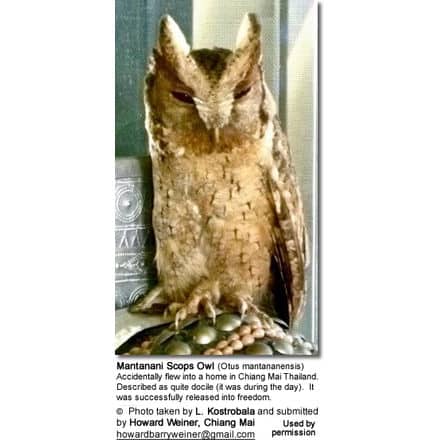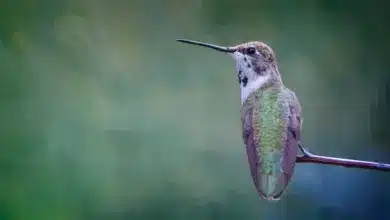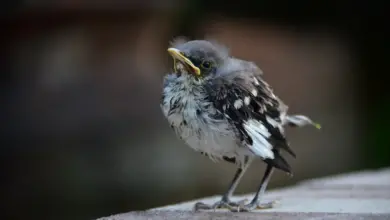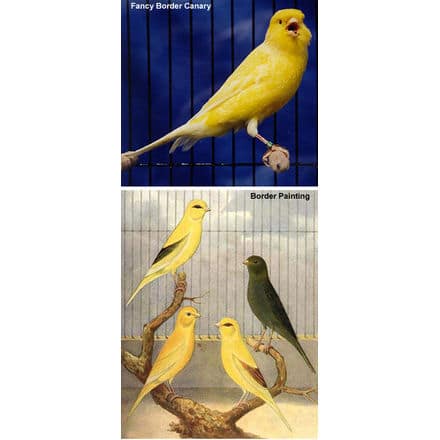White-necked Thrush, Turdus albicollis
The White-necked Thrushes, Turdus albicollis, is a resident breeding bird in South America from Colombia and Venezuela south to Brazil and northern Argentina, and on Trinidad and Tobago.
The habitat of this large thrush is rainforest and other closed woodland. The nest is a lined cup of twigs low in a tree or bush. Two to three reddish-blotched green-blue eggs are laid and incubated by the female alone for 12-13 days.
The White-necked Thrushes is 21-24 cm long and weighs 50g. It is dark brown above and grey below, becoming rufous on the flanks. The head and face are darker than the back, and there is a thin yellow eye ring.
The throat is white, heavily streaked with black, and there is a white crescent on the upper breast, the feature that gives rise to this thrush’s English and scientific names. The lower belly is whitish.
Males and females look alike, but young birds are duller, flecked with orange above and spotted with dark brown below. There are seven races, differing mainly in the details of the plumage.
The White-necked Thrush mainly feeds on or near the ground on invertebrates, and will follow army ant swarms.
It also takes some fruit and berries. It is a shy species, heard more than seen, but on Trinidad it may be less retiring than in most of its range, sometimes being seen on roadsides early in the day.
The song is a musical fluted too-ee-o, too-ee-o, and it also gives typical thrush cluck and yup calls, and a youp which sound like a human yell.




